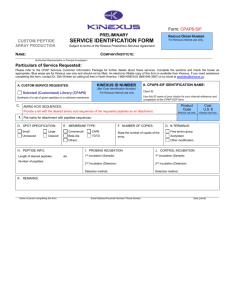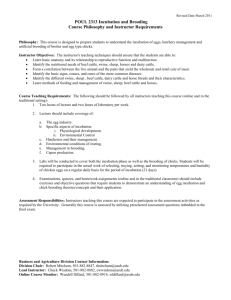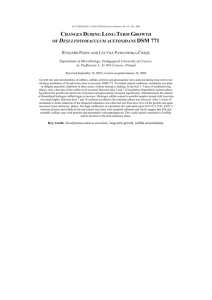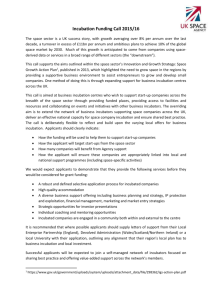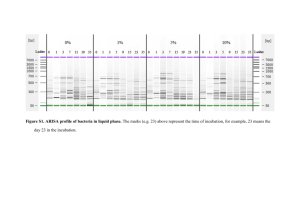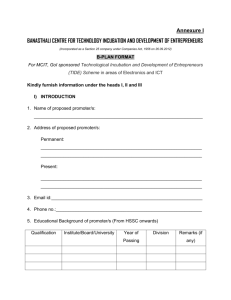Reptilian Incubation
advertisement
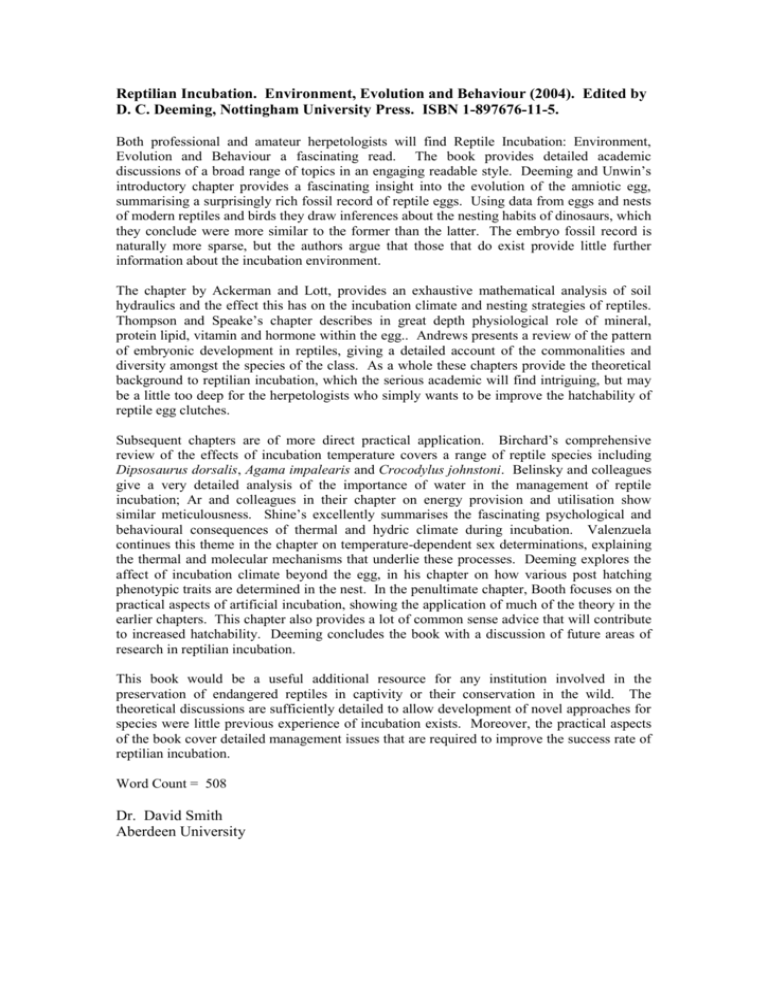
Reptilian Incubation. Environment, Evolution and Behaviour (2004). Edited by D. C. Deeming, Nottingham University Press. ISBN 1-897676-11-5. Both professional and amateur herpetologists will find Reptile Incubation: Environment, Evolution and Behaviour a fascinating read. The book provides detailed academic discussions of a broad range of topics in an engaging readable style. Deeming and Unwin’s introductory chapter provides a fascinating insight into the evolution of the amniotic egg, summarising a surprisingly rich fossil record of reptile eggs. Using data from eggs and nests of modern reptiles and birds they draw inferences about the nesting habits of dinosaurs, which they conclude were more similar to the former than the latter. The embryo fossil record is naturally more sparse, but the authors argue that those that do exist provide little further information about the incubation environment. The chapter by Ackerman and Lott, provides an exhaustive mathematical analysis of soil hydraulics and the effect this has on the incubation climate and nesting strategies of reptiles. Thompson and Speake’s chapter describes in great depth physiological role of mineral, protein lipid, vitamin and hormone within the egg.. Andrews presents a review of the pattern of embryonic development in reptiles, giving a detailed account of the commonalities and diversity amongst the species of the class. As a whole these chapters provide the theoretical background to reptilian incubation, which the serious academic will find intriguing, but may be a little too deep for the herpetologists who simply wants to be improve the hatchability of reptile egg clutches. Subsequent chapters are of more direct practical application. Birchard’s comprehensive review of the effects of incubation temperature covers a range of reptile species including Dipsosaurus dorsalis, Agama impalearis and Crocodylus johnstoni. Belinsky and colleagues give a very detailed analysis of the importance of water in the management of reptile incubation; Ar and colleagues in their chapter on energy provision and utilisation show similar meticulousness. Shine’s excellently summarises the fascinating psychological and behavioural consequences of thermal and hydric climate during incubation. Valenzuela continues this theme in the chapter on temperature-dependent sex determinations, explaining the thermal and molecular mechanisms that underlie these processes. Deeming explores the affect of incubation climate beyond the egg, in his chapter on how various post hatching phenotypic traits are determined in the nest. In the penultimate chapter, Booth focuses on the practical aspects of artificial incubation, showing the application of much of the theory in the earlier chapters. This chapter also provides a lot of common sense advice that will contribute to increased hatchability. Deeming concludes the book with a discussion of future areas of research in reptilian incubation. This book would be a useful additional resource for any institution involved in the preservation of endangered reptiles in captivity or their conservation in the wild. The theoretical discussions are sufficiently detailed to allow development of novel approaches for species were little previous experience of incubation exists. Moreover, the practical aspects of the book cover detailed management issues that are required to improve the success rate of reptilian incubation. Word Count = 508 Dr. David Smith Aberdeen University




